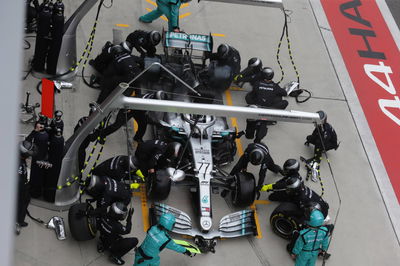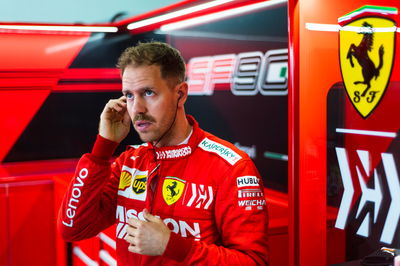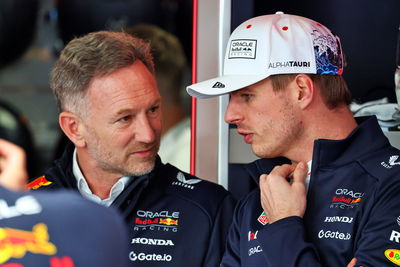Mercedes’ Chinese GP double-stack pit stop was Wolff’s idea
Mercedes Formula 1 boss Toto Wolff came up with the initial suggestion for his team to carry out a double-stack pit stop with its drivers during the Chinese Grand Prix.
After Red Bull had triggered a second round of pit stops by pitting Max Verstappen, Mercedes responded to Sebastian Vettel also stopping on Lap 35 of Sunday’s race by double-stacking its drivers two laps later.

Mercedes Formula 1 boss Toto Wolff came up with the initial suggestion for his team to carry out a double-stack pit stop with its drivers during the Chinese Grand Prix.
After Red Bull had triggered a second round of pit stops by pitting Max Verstappen, Mercedes responded to Sebastian Vettel also stopping on Lap 35 of Sunday’s race by double-stacking its drivers two laps later.
Mercedes successfully carried out the strategy, which Wolff described as a “particularly proud moment” for his team as Lewis Hamilton and Valtteri Bottas sealed a third straight one-two finish.
Speaking in Mercedes’ post-race Pure Pitwall debrief video, trackside engineering director Andrew Shovlin revealed it was Wolff himself who had made the inspired call, which was then given the green light by chief strategist James Vowles.
“On lap 35 Vettel came in, and that created a bit of a dilemma for us, because we had a decent gap to Vettel,” Shovlin explained.
“But if we stopped Lewis first and Valtteri second, there’s a risk that Vettel would have been able to undercut Valtteri and take position.
“And if we had stopped Valtteri first to protect against Vettel and Lewis second, there was a chance that Valtteri would have undercut Lewis.
“So it put us in a slightly awkward position and it was actually Toto who suggested we do a stacked stop. That then becomes a discussion between James Vowles and Ron Meadows [sporting director], who is just checking that he is comfortable with the gap between the cars and we can get the pit crew ready to do the stacked stop, have both sets of tyres in the pitlane.
“James is the one who has the final decision on this and he decides to go ahead with it. What it allows us to do is to keep our two cars in the same order as they were before the stop and also protect against losing any positions to Ferrari.
“So on this occasion it was the perfect solution and it was actually a really nice, clean execution of the pit stop by the guys.”
Shovlin said practicing for the event of a double pit stop is one of the “hardest” areas to prepare for as teams can never truly simulate the scenario.
“Practicing a double pit stop is one of the hardest things because you don’t have two cars to practice with. We do have a pit stop car here [Brackley] and we can practice getting both sets of tyres out and practice doing two stops in succession but you can never really get quite the same situation of the car rolling into the box.
“It’s quite difficult for the rear jackman, because he has got to get out of the way when the first car leaves and then get into position when the second one comes in. The choreography is quite tricky, there’s a bit more to organise, having that many tyres in the pitlane is a bit of a risk - you have to make sure the right tyres go on the right car but it is something we do as much preparation for as we can.
“You try not to do them too often because if you have a problem with the first car it also impacts the second and you can from being first and second in the race to third and fourth in no time.”












